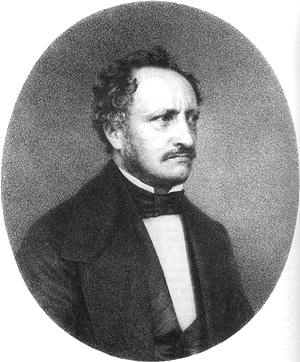The Hopes of Countless Millions
HISTORY
He first discovered cells when he cut thin slices of cork and viewed them under the microscope and saw small structures that looked similar to small rooms, which was why he named the structures “cells.”
1665 : Robert Hooke

1838 : Johannes Muller
German pathologist who established the Blastema theory, which states that cells make up cancer instead of lymphs, and tumor cells grow from the blastema, which are budding elements, “between normal tissues.”


1882 : Walther Flemming
He discovered the process of cell division, or mitosis, when he stained a certain material in the cell’s nucleus, which he later called the chromatin. He used salamander embryos and stained their cells, which killed them and stopped their cell division. When Flemming observed them under the microscope, he saw the different stages of division, in which he later named the whole process “mitosis.”
1893 : William Coley
He published his paper with his findings when he noticed that the size of tumors decreased in some cancer patients when he inserted “streptococcal cultures provided by Robert Koch.” His findings revealed an attempt at cancer immunotherapy.


1909 : Paul Ehrlich
He hypothesized that the immune mechanisms can help the body fight cancer in 1909. The hypothesis was not accepted until the 1990s when mice with immune deficiencies had a higher chance of receiving cancer, showing that the mice’s immune system was not able to fight against tumors. Therefore, the immune system has the ability to defend itself from cancer with the necessary immune mechanisms.
1953 : Cancer Research Institute (CRI)
It is a nonprofit organization in the U.S. that is committed to discover the treatment/cure for all cancers with the strategy of using the immune system’s abilities to defeat tumor cells in the body. One of the discoveries they made was when they found that an immune system growth factor can be created with a vaccine of cancer cells that were exposed to radiation and “genetically modified.” This vaccine was later named the therapeutic cancer vaccine GVAX, and it could provide mice immunity to tumors. The organization decided to test it to “patients with metastatic renal cell carcinoma.”

They were awarded the 2001 Nobel Prize in Physiology or Medicine for their discovery of the key regulators of the cell cycle. Hartwell found numerous genes that contribute to the cell cycle, and he called them CDC genes. He also created “checkpoints,” which assures the order of the cell cycle. Nurse came to an end that cell division was controlled by the gene cdc2. Hunt discovered that the CDK molecule’s function is managed by the protein cyclin, which is one of the cell cycle engine’s crucial elements.



2001 : Leland H. Hartwell, Paul Nurse, and Tim Hunt
2013 : The New England Journal of Medicine
They published an article about an experiment using immunotherapy in an attempt to treat acute lymphoblastic leukemia (ALL). The group held a trial where they used “chimeric antigen receptor-modified T cell (CAR-T) therapy.” This CAR-T therapy allows the patient’s T cells to be genetically modified, so it can have the ability to attack cancer.


On August 30, 2017, the CAR-T cell therapy was approved by the Food and Drug Administration (FDA) for patients with acute lymphoblastic leukemia (ALL). The way how this therapy works is that it needs the patient's T cells. In a laboratory, the cells will be genetically modified and expanded. Once the process is finished, the cells are inserted back into the patient, so they can attack tumor cells with the help of the chimeric antigen receptor (CAR) that was produced when the T cells were genetically modified in the laboratory. The success rate of the CAR-T cell therapy is 83%, showing that this type of immunotherapy is effective.